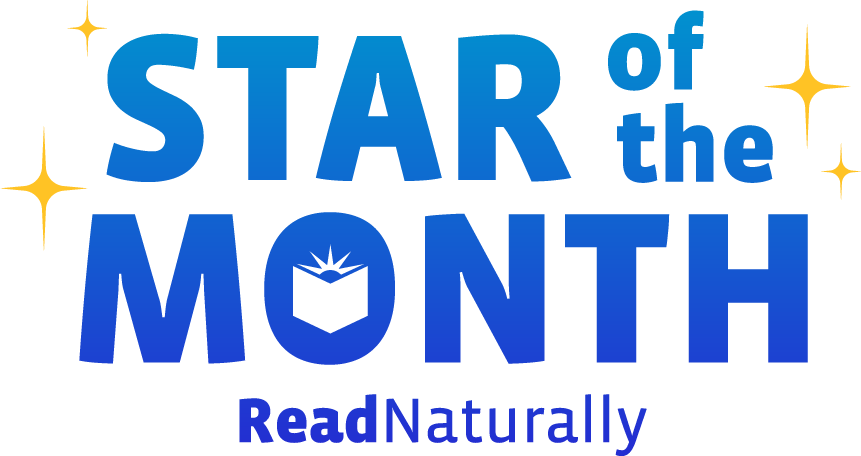As a Curriculum Associate at Read Naturally, I have the privilege of working in reading labs at local schools we partner with. These experiences have been incredibly enlightening in so many ways, but one of my most significant takeaways is witnessing how deeply students yearn for success in reading.
Read more As another school year winds down, we’re taking a moment to look back at the blog posts that resonated most with our readers in the 2024–2025 school year. These top ten posts reflect your commitment to your students, your colleagues, and to literacy instruction in general. Whether you’re revisiting a favorite or catching up on one you missed, we hope you enjoy this roundup of the most-read and most-shared Read Naturally blog posts of the school year.
Read more In 1997, Congress asked the National Reading Panel to do the following four things:
1) Review all the research available (more than 100,000 reading studies) on how children learn to read.
2) Determine the most effective evidence-based methods for teaching children to read.
3) Describe which methods of reading instruction are ready for use in the classroom and recommend ways of getting this information into schools.
4) Suggest a plan for additional research in reading development and instruction (adapted from nichd.nih.gov).
Read more Signs for Sounds is a phonics-based spelling program that aligns with the Science of Reading. This program teaches phonics elements and builds mastery in encoding and decoding words with these elements. It also builds mastery in encoding and decoding high-frequency words that do not follow regular phonics patterns.
Read more Congratulations to Khloe, our June Star of the Month and the last star for the 2024-2025 school year! Khloe is a second grader at Pittsburgh Lincoln School in Pittsburgh, PA, who has made amazing growth using Read Naturally this year. Here is what her teacher, Ms. Shirey, wrote about her:
Read more For me, summer break means a break from the reading lab—but it doesn’t mean a break from teaching! I’ve been blessed with eleven grandchildren, six of whom are still in grade school and live very close to me. It’s great to work with them throughout the year on their reading and math, but I love the extra time I get to spend with them in the summer. As with many kids, it can be more difficult to motivate them over the break. Can any of you relate?
Read more Congrats on approaching the end of another school year! Your students have worked hard to accelerate their progress in reading this year, and avoiding the summer slide is more important than ever.
Read more Many teachers associate Read Naturally's GATE+ and Read Live with reading intervention—targeting students who need extra support to read at grade level. These programs are chosen by tens of thousands of educators worldwide for their ability to deliver quick and impactful...
Read more Congratulations to Ojany, our May Star of the Month! Ojany is a seventh grader at William Thomas Middle School in American Falls, Idaho. Here is what his teacher, Ms. Harker, had to say about him:
Read more How will your students spend their last day in the reading lab this year? While this might not be their most productive day ever (we all know how the last few days of school can be!), there’s still an opportunity to make it count. A great goal for this day is to set students up for summer success. Consider the following ideas.
Read more  Share your student’s success story—nominate him or her for our Star of the Month award. Win a Barnes & Noble gift card for the student and a Read Naturally gift certificate for your class!
Share your student’s success story—nominate him or her for our Star of the Month award. Win a Barnes & Noble gift card for the student and a Read Naturally gift certificate for your class!